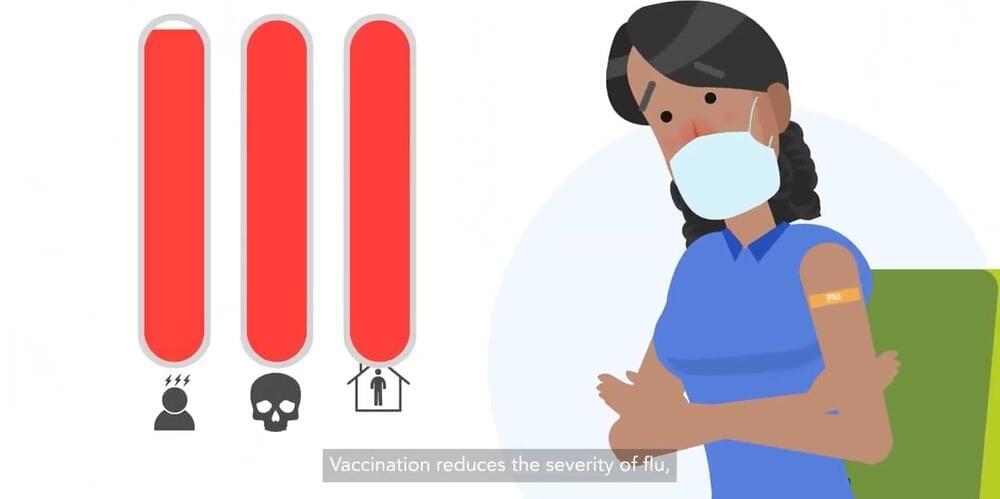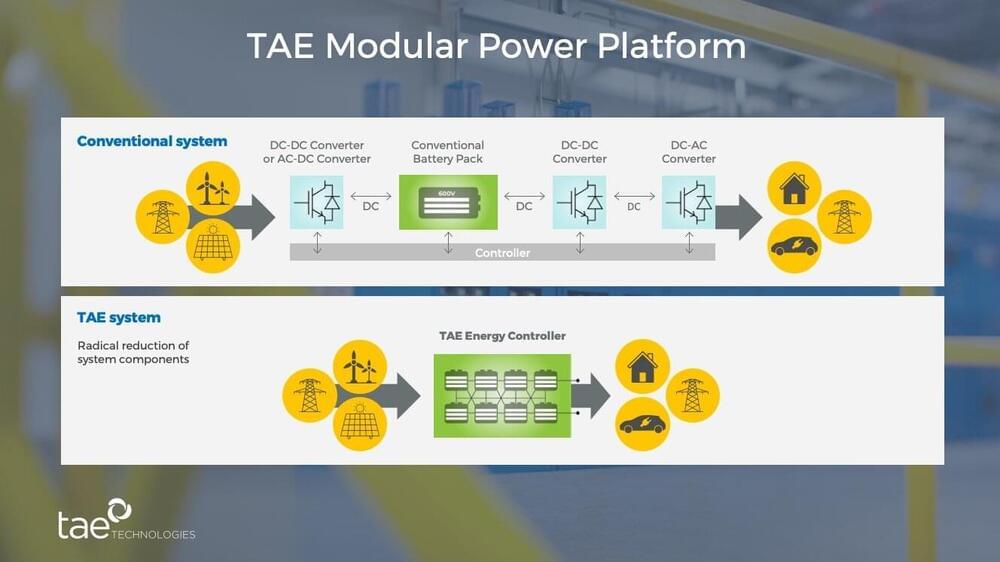
As a survival mechanism, some tumors, particularly many solid tumors, have evolved to express the ligands capable of turning off the immune response. While immune regulation benefits us under normal conditions, any hindrance of the immune response in the presence of cancer can become detrimental. Understanding these biological processes has led to the development of a promising immunotherapeutic modality: the immune checkpoint inhibitor (ICI). ICIs work by blocking the signals that dampen the immune response.
One prominent checkpoint pathway consists of programmed death 1 (PD1), located on immune cells, and programmed death ligand 1 (PD-L1), expressed on tumor cells. The FDA has approved numerous ICIs to block the interaction of PD-1 and PD-L1 for patients with various solid tumors, including skin, lung, and liver cancers.
Predicting the patients most likely to benefit from PD-1/PD-L1 interventions remains a high priority. Depending on the type of cancer, different tests can predict a patient’s likelihood of responding to ICIs. In some cancers, a readout used to access ICI responsiveness is a patient’s tumor mutational burden (TMB), an estimate of how many mutations appear in the cancer genome. However, better predictive models could help identify more patients who could benefit from these therapies.


















